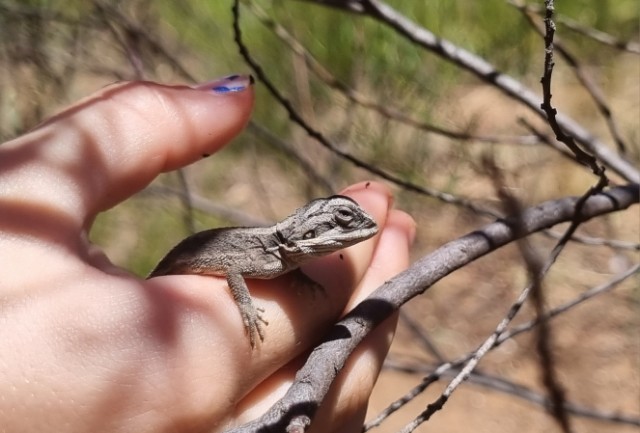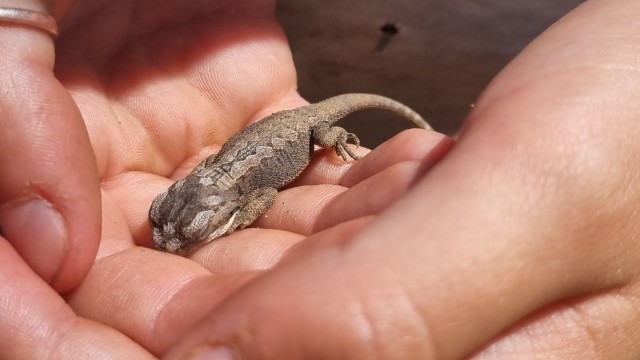buffy said:
It’s bothered me for many years that it is always assumed that life on other planets has to be just like here. This article has a think about other possibilities. I don’t think it is paywalled.
https://www.scientificamerican.com/article/the-search-for-extraterrestrial-life-as-we-dont-know-it/
I hadn’t heard of the acronym LAWDKI.
> NASA formulated a similar working definition years earlier, in the mid-1990s, and still uses it to design astrobiology studies. Life, according to this formulation, “is a self-sustaining chemical system capable of Darwinian evolution.”
That’s a bit of a limited definition, but not too bad.
> “self-reproduction with variations.”
That definition is not quite limited enough, and at the same time a little too vague.
It is possible for LAWDKI to exist without reproduction, but still be subject to Darwinian evolution. Consider Gaia for instance as a living organism, Gaia doesn’t reproduce, there’s only one Gaia. But it’s still subject to Darwinian evolution as its individual orhanelles compete with one another. At another location, there may be a Gaia without individual plants/animals/fungi/bacteria etc.
So Gaia fits the definition of “a self-sustaining chemical system capable of Darwinian evolution.” but not “self-reproduction with variations.”
And on the other hand, robots may satisfy “self-reproduction with variations” but not “a self-sustaining chemical system capable of Darwinian evolution”.
“astrobiologists often end up looking for aliens that resemble Earth life”
That’s only astrobiologists. Astronomers more often end up looking for aliens that don’t even remotely resemble Earth life. We see this most obviously in SETI, but also in very many other branches of astronomy. Such as in the https://en.wikipedia.org/wiki/Kardashev_scale. As well as space probes in the solar system.
Not much new stuff in that article.


